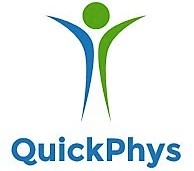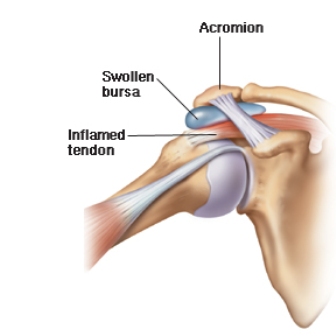The shoulder is a very mobile joint. There is movement between the shoulder blade and the rib cage and the sternum (chest bone). Most movement is between the top of the arm (humorous) and the shoulder blade, where a ball and socket joint allows for rotation.
Because the shoulder is so mobile it can become unstable and many peolpe experience pain due to postural dysfunction and poor shoulder patterns of movement.
Exercises to strengthen the joint and achieve good posture are the mainstay of all corrective treatments. Additional considerations include injection therapy for inflamed tissue and surgery when examination reveals significant damage.
A common Shoulder problem is known as Shoulder Impingement
This condition often produces pain when trying to raise your hand above the height of your shoulder. The shoulder may feel weak, but with assistance a full range of movement can still be achieved.
'Click here for shoulder impingement home exercises'
Please see the excellent video below for a better understanding of shoulder impingement. Remember that the majority of shoulder problems are resolved by correcting the pattern of muscle recruitment, but there are times when surgery is required. Your GP or QuickPhys can help determine the best course of action.
Frozen shoulder is another common problem
Frozen shoulder oftens starts without any warning. It is very painful and over several weeks makes the shoulder more and more stiff.
'Click here for frozen shoulder home exercises'
Below is a brief overview of the inflamed joint capsule associated with Frozen Shoulder. In the early stages injection therapy can provide some relief of symptoms.
Videos are embeded from the Shoulderdoc.co.uk. For a comprehensive review of shoulder pathology this is an excellent website.

